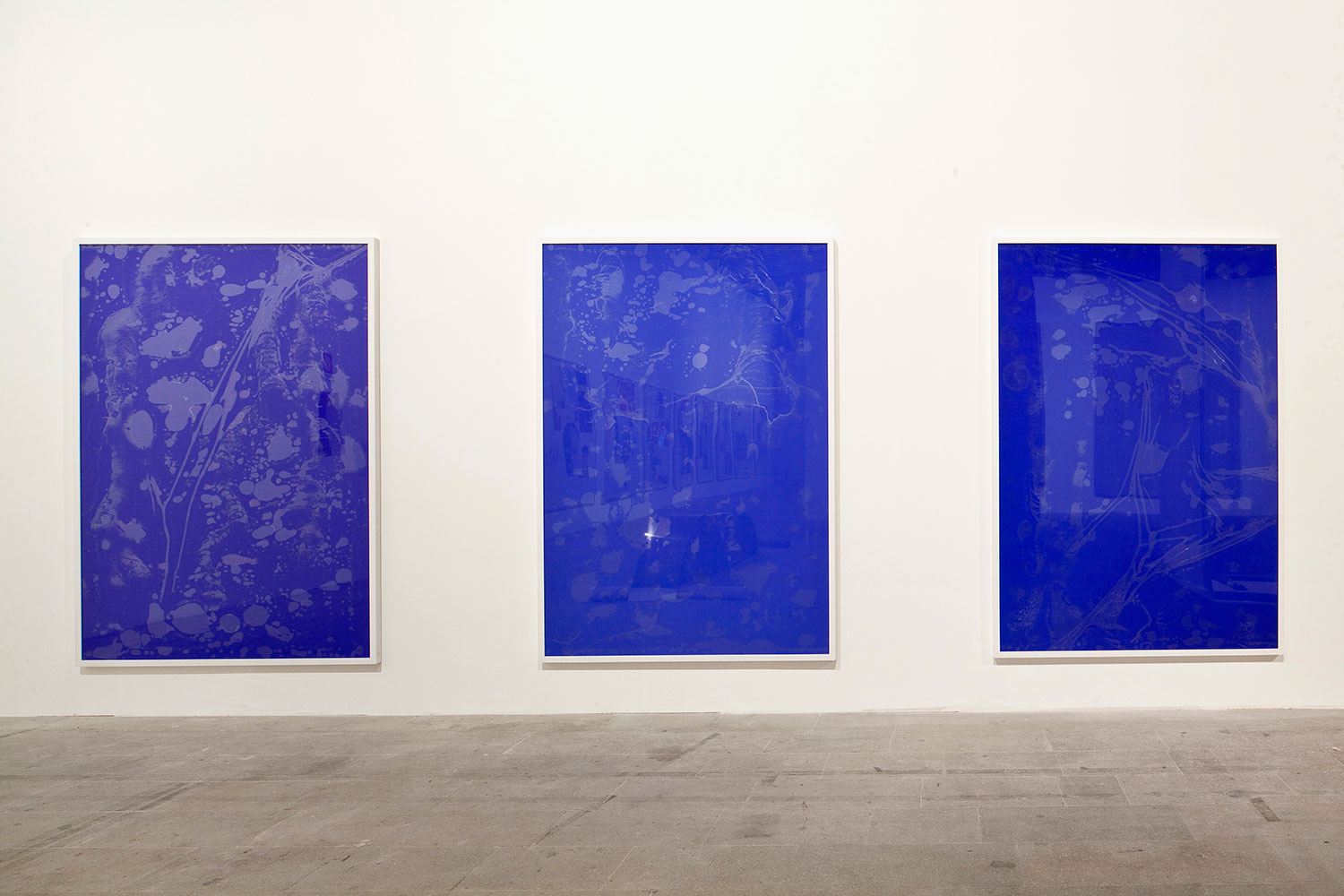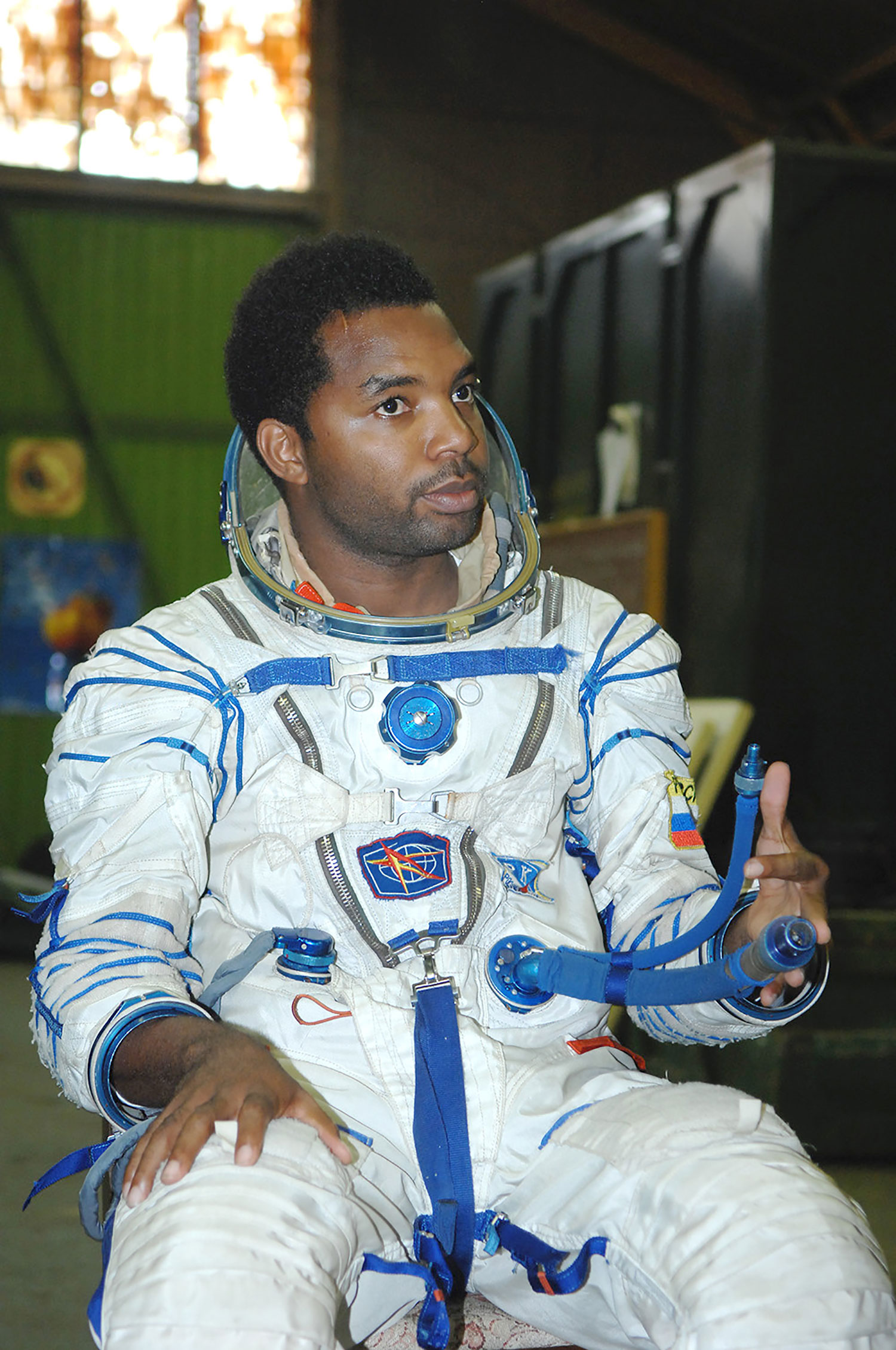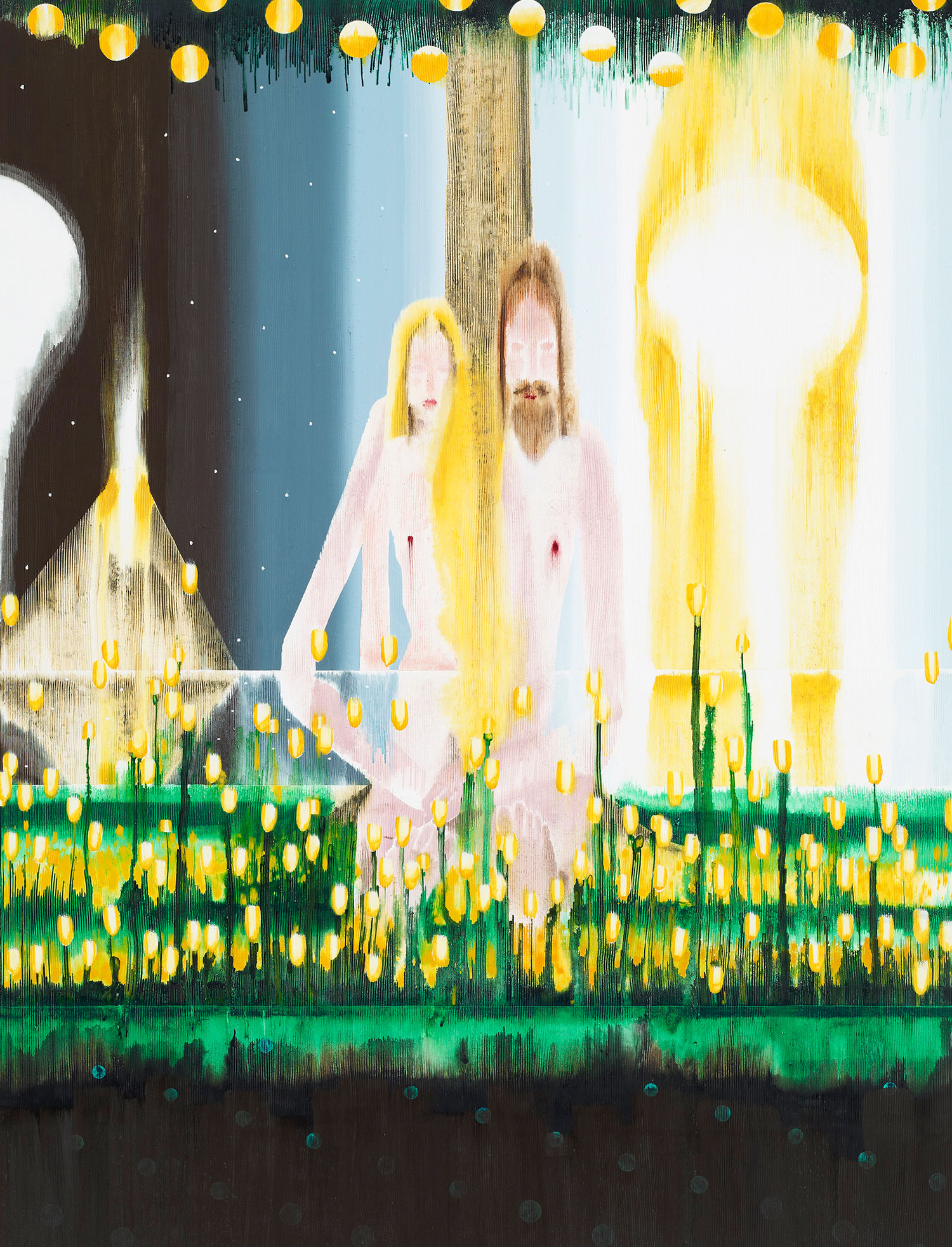
István Csákány is a young Hungarian artist known for his megalomaniacal working methods. His works are usually large-scale enterprises, highly demanding in terms of time, space and cost. However, he uses the simplest raw materials of the building trade.
Wood and concrete add a DIY aesthetic, but they also lend a strong Central-European atmosphere to his installations. Many of Csákány’s works offer a reinterpretation and critique of the past. Monument for a Monument (2008) is a good example of this sort of modernist archaeology.
He created a sculpture, a representation of himself dressed in work clothes and holding a solar cell, on top of a (defunct) street lamp. The statue critiques the monument as a genre, the ritualistic meeting place of collective remembrance; it denies conventional expectations for traditional monuments. Csákány’s The Worker of Tomorrow, service-uniform (2009) is a work in concrete that follows a very similar principle, commemorating the simultaneously visible and invisible worker. Here, Csákány attempts to draw a raw picture of the ideology of an unfinished past — the Communist faith in class. By a naturalist stripping of reality, the work clearly reveals the ambiguities within this once-energetic mission, highlighted by the tensions between the heaviness of concrete and the readiness of the uniform.
Apart from megalomania, the most significant characteristic of his practice is his meticulousness. This is precisely why the Bernsteinzimmer’s (2010) formal qualities remained so rough and raw: everything one can see here — tools, garbage bags, cardboard boxes, furniture, a radio, sexy Playboy posters — was carved, piece by piece, from roofing planks. Several people worked on this room for several weeks.
This collective working method (called kaláka in Hungarian) is another noteworthy aspect of Csákány’s practice. Kaláka is a collective organizational structure for work that used to be popular in rural societies. It refers to labor done by a community, for example a family, not for money but on a reciprocal basis. This method played a fundamental role in Ghost Keeping (2012), the enormous sewing workshop displayed at Documenta 13. This large theatrical installation takes the viewer into the past. As a result of the natural color of the wood and the muted color of the dummies that are represented as integral parts of the sewing factory, dressed in black and white, the whole installation gives the impression of an archival photo.





